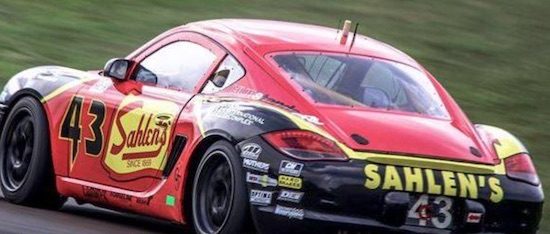Testimonials

Team Sahlen competes in Long Endurance Races. These are not your ordinary 90 minute enduros. No,were talking long, long races, 9 to 14 hours long,...
Read More ->
No more boiled fluid at CMP.
I forgot to get back to you on those shields for the PBR twin piston Mustang/Corvette calipers.They definately work as I haven't boiled my fluid...
Read More ->
Specials

DPF7876 Titanium Brake Shim for Alcon, Mitsubishi EVO FQ
Sale: $68.59
Special: 30% off
Track Wisdom
What benefit do these provide once the calipers are heat soaked?
Once the brake system reaches saturation point, the heat shields will not be able to help much, as there is no longer a "thermal gradient" of heat traveling from the pad to the piston, and hence no heat flow gradient to block. However when the brakes are released and the cooling starts the properties of the titanium will help again. Our titanium alloy does not retain heat readily, and cools faster than steel. This means that the heat shield will go back to having a lower temperature faster than the brake pad backing plate does, and commence to preventing additional heat flow into the piston.
Our titanium heat shields can also provide benefits even when the car is stopped off track. Heat can flow from the brake pad into the depressed caliper pistons during a pit stop, and result in boiling of the brake fluid making for a nasty surprise at the first corner out of the pits. Our heat shields will help to prevent that scenario, although they cannot eliminate the concern completely.











